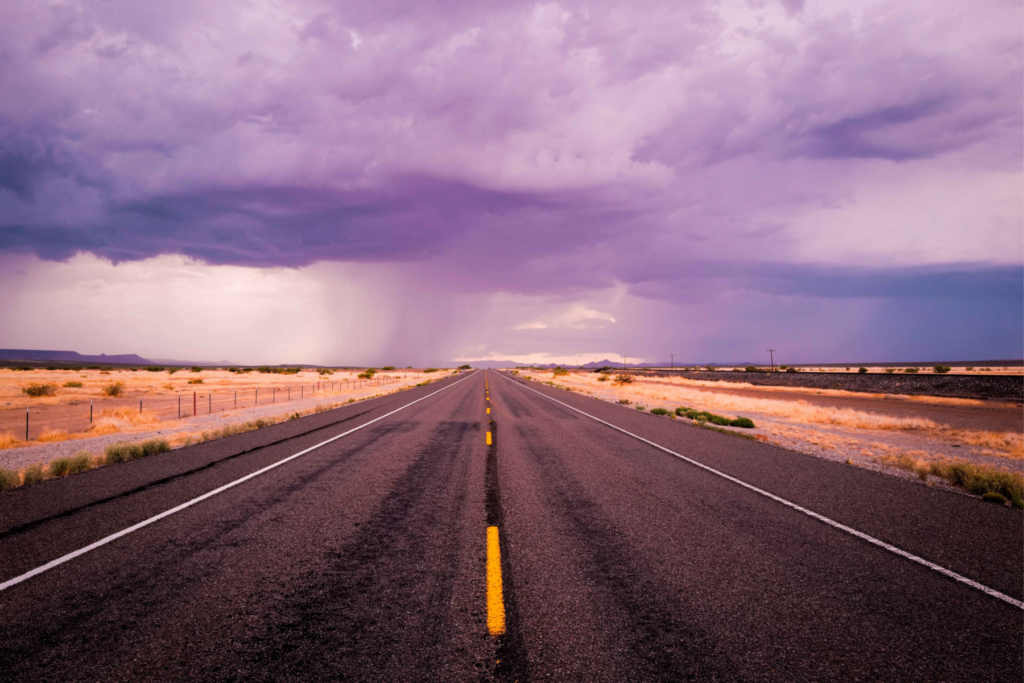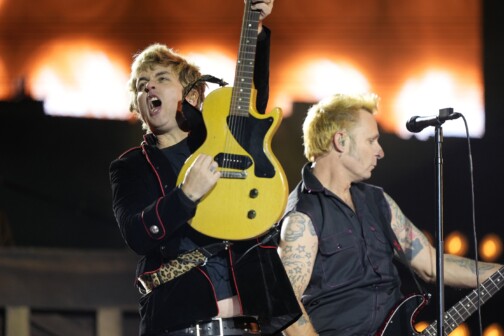What, exactly, is a choral concert?
In 1965, Congress passed 23 USC 131, or the Highway Beautification Act, otherwise known as “Lady Bird’s Bill.” Lady Bird Johnson had been a stalwart champion of the bill, passed under her husband’s administration, which enacted measures for billboard limits and removal along highways to preserve native life, theoretically replacing artifacts of consumer culture with bluebonnets and wildflowers.
How that could become a vessel for choral music may seem mysterious to the uninitiated. Yet that is precisely what Verdigris Ensemble will display this weekend, Dec. 1–3, at the Dallas Contemporary, with whom they’ve formed a partnership, in the performance entitled Beautification.
Those who witnessed Verdigris’s last performance, The Endangered, in October (also at the Dallas Contemporary) saw a twin set-up and what the space can offer.
And indeed, the choral group, founded and directed by Sam Brukhman, has always embraced a mission of shaking up the contemporary music experience, espousing the theory that a contemporary choral concert could be immersive, transportative, and transcendent. In previous seasons, they commissioned music and created multi-dimensional, multi-valent performances around the topics of the Dust Bowl (Dust Bowl), Amelia Earhart’s disappearance (Mass Transmission), Hans Christian Anderson’s Little Match Girl (The Little Match Girl Passion), and the cosmos.
One element of Mass Transmission—“Betty’s Notebook,” a work that centers on Earhart’s purported final distress calls as captured by 15-year-old Floridian Betty Klenck on her father’s shortwave radio and recorded in her notebook—is a layered piece, a haunting palimpsest of electronic distortions, jazz standards, interferent crackling noise, and Earhart’s own words. It was composed by Texas-born Nicholas Reeves in 2019. Verdigris’s performance became an intangible NFT choral work—housed in a vintage radio—and sold for $375,000 ether in 2021.
The choral group has always gone cutting-edge. Here, as a next step, they tackle artificial intelligence. The concert is themed and timed with the exhibition by South African multidisciplinary artist Bianca Bondi, Bianca Bondi: A Preservation Method, which fills the quasi-remainder of the kunsthalle’s space. As she researched local wildlife for her site-specific installation, Bondi encountered the legislation that would become a central portion of both the exhibition and choral performance.

“She’s taking the approach of the desecration of the earth, and we’re taking the historical approach of how we’ve tried to save the earth and how nature allows us to exist in a better forum. That can be the push-pull,” says Brukhman.
Auditorily, attendees will hear excerpts from historical speeches given by Lady Bird Johnson about the HBA. (One that moves me: “My heart found its home long ago in the beauty, mystery, order and disorder of the flowering earth.”) They will sit parallel to a 110-foot wall, which will bear projections of AI-generated images of a highway with flowers and billboards sullying or beautifying, an example of “the juxtaposition of nature and technology illustrated in the context of artificial intelligence and how it interprets these things,” Brukhman says—a sort of life-meets-AI palindrome that reads backward and forwards.
Brukhman reached out to Dallas Contemporary Deputy Director Lucia Simek last year about working with the museum.
“It’s a very different space from what we’re used to,” Brukhman says. “It’s also a wonderful space because it almost feels like an empty canvas, but it’s a perfect empty canvas: the walls are white, and the floors are concrete. You can do so much.”
Over the course of six to eight months, they navigated possibilities.
The idea for AI came earlier this year, Brukhman says, when he told his video projection assistant, Courtney Ware, that he would be interested in using AI to generate visuals for concerts.
“She thought I was crazy,” he says. But they also wanted to broach questions, such as “where we are and what crazy times [these are], and how do we use it responsibly?” Brukhman says. “The use of AI within the context of art and within the context of music and so on. We’re trying to show people that at the end of the day, AI is a tool, and there needs to be a human to create.”
Meanwhile, “when I started doing research, I found it to be completely profound,” Brukhman says of Lady Bird Johnson and her eponymously nicknamed Act. “She was talking about climate change before climate change was a thing.”
Lady Bird Johnson was in the habit of keeping audio journals, documenting her thoughts nearly weekly about the expansion of the HBA. “It became very interesting to find this treasure trove of info and to create a compelling story and narrative,” Brukhman says. Verdigris collaborated with several archives, including at the University of Dallas and at the Lyndon B. Johnson Library and Foundation, as well as with experts on LBJ and Lady Bird Johnson.
The music includes “I Enter the Earth” by Joel Puckett, a 15-minute piece that begins like a dissonant swarm of bees and teeters on the brink of harmony and disharmony before resolving into an ethereal quietude. The lush and dramatic sonic qualities illustrate the beauty and mystery of nature, while a repetitive, reflective, sustained undercurrent hints at the push-pull between nature and technology, its eddies of darkness and pools of hope. The cast of composers includes David Lang. His “If I Am Silent,” sung a cappella, is at once lush and spare and haunting. In his brief and voiceless “Again,” a violin comes in pizzicato, while another bows a rhythmic hypnosis along with an otherworldly synthesizer. The soaring “and the swallow,” by Caroline Shaw, is gorgeous.
One piece is commissioned, “All the Threads Are Interwoven,” by local Belarussian-born composer Olga Amelkina-Vera. All are new works composed within the last 20 years.
“What’s been incredibly interesting over the last couple of years is figuring out how to take it to the next level, how to add these new elements,” Brukhman says of Verdigris’s aim. “How do we take choral music and vocal music as one part of a larger whole of an experiential concert that will make people feel enveloped by sound, music, and space? It’s encouraged us to think about ways we can be data-driven and oriented around creating really solid artistic products,” he continues. “That’s been enormously encouraging and beautiful and wonderful coming out of the pandemic.”
They are still fledglings in a space they’d like to explore more. But they’re also committed to pushing the boundaries of storytelling. Simek highlights the synergistic partnership. “This partnership is an effort to give space to a creative group that we believe in,” she says. “It’s wonderful to do these cross-pollinating things where audiences can get together and be in the same space.”
Author







